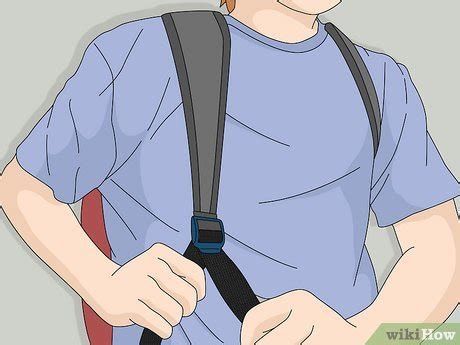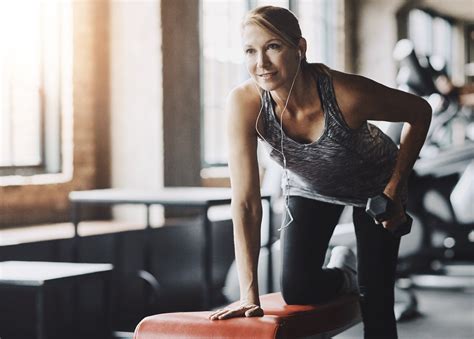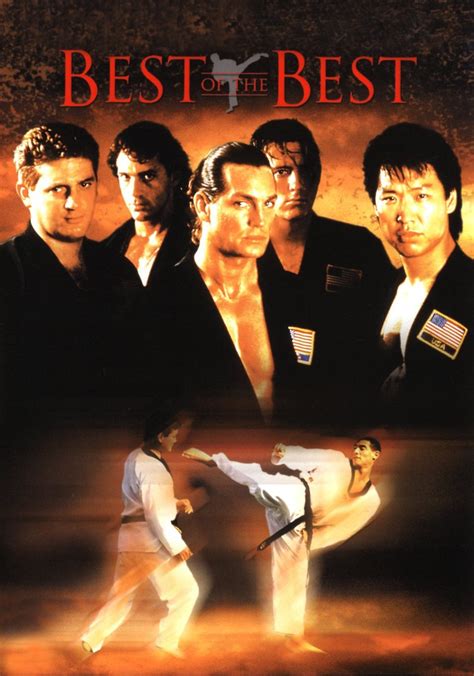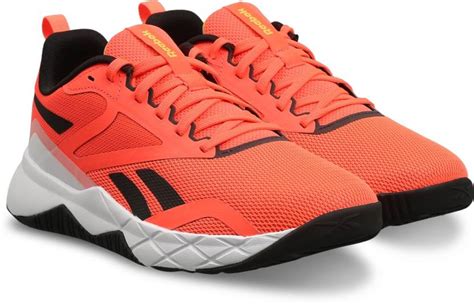The Unwelcome Reality of Backpack Strap Chafe
Backpack shoulder strap chafe is a common, yet often preventable, nuisance that can quickly turn an enjoyable hike or commute into an irritating ordeal. Caused by friction between the straps, your skin, and often your clothing, this discomfort can range from mild redness to painful blisters. Fortunately, with the right knowledge and preparation, you can effectively minimize or even eliminate this pesky problem.
Achieving the Perfect Backpack Fit
The single most critical factor in preventing shoulder strap chafe is ensuring your backpack is properly fitted. A well-adjusted pack distributes weight evenly, primarily onto your hips, not your shoulders.
- Torso Length: Start by adjusting your pack’s torso length to match yours. The hip belt should rest comfortably over your iliac crest (the top of your hip bones), bearing 70-80% of the pack’s weight.
- Shoulder Straps: Once the hip belt is secure, tighten your shoulder straps so they hug your shoulders without digging in. They should follow the curve of your shoulders and connect to the pack without large gaps.
- Load Lifters: These straps, located on top of the shoulder straps, pull the top of the pack closer to your body, preventing it from leaning back and creating a comfortable carry angle.
- Sternum Strap: This strap connects the shoulder straps across your chest, keeping them from splaying outwards and reducing movement. Adjust it to a comfortable height, typically 2-3 inches below your collarbone.
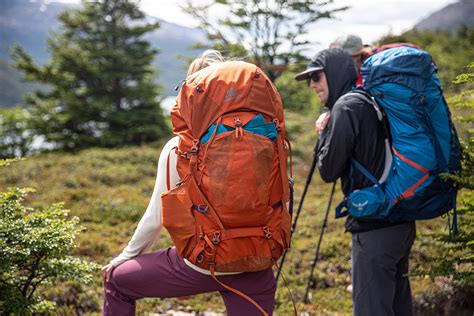
Dress for Success: Clothing to Prevent Chafe
What you wear under your backpack straps plays a significant role. Avoid cotton, as it absorbs sweat and stays wet, increasing friction and making chafe more likely. Instead, opt for synthetic fabrics or merino wool.
These materials are designed to wick moisture away from your skin, keeping you dry and reducing the conditions ripe for chafing. Look for seamless or flat-seam shirts, as prominent seams can also contribute to irritation. Consider long-sleeve shirts or a base layer, even in warmer weather, as they provide a protective barrier between your skin and the straps.
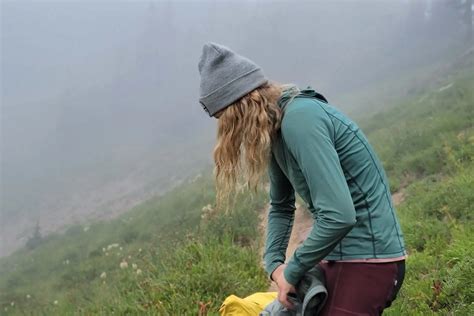
Shielding Your Skin: Topical Solutions
Sometimes, even with a perfect fit and ideal clothing, your skin needs an extra layer of defense. This is where topical anti-chafing products come in.
- Anti-Chafe Balms/Sticks: Products specifically designed to reduce friction (like Body Glide or Vaseline) can be applied directly to areas prone to chafing before you even start your activity.
- Moleskin or Tapes: For persistent hotspots, moleskin, athletic tape, or specialized anti-blister patches can be applied to your skin as a protective barrier. Cut them to size and ensure they are applied smoothly without wrinkles.
- Powders: Some people find that applying talc-free powders can help keep skin dry, though this is often less effective than balms for high-friction areas.
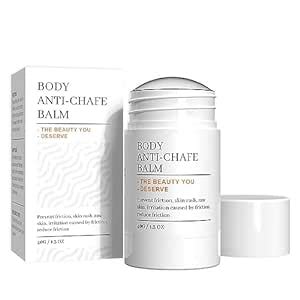
Strategic Packing for Comfort
How you pack your backpack significantly impacts how it sits and feels on your back and shoulders. Uneven or poorly distributed weight can cause straps to dig in or shift, leading to chafe.
- Pack Heaviest Items Close to Your Back: This keeps the center of gravity close to your body, improving stability.
- Avoid Lumpy Items: Ensure the back panel and areas contacting your body are smooth. Repack if you feel hard or uneven objects pressing against you.
- Balance the Load: Distribute weight evenly between the left and right sides of your pack.

Mid-Activity Adjustments and Hydration
Even with the best preparation, conditions change. Don’t be afraid to make minor adjustments to your straps during your activity. Loosen or tighten them slightly to shift pressure points.
- Take Regular Breaks: Remove your pack periodically to give your skin and shoulders a break from the constant pressure and friction.
- Stay Hydrated: Dehydrated skin is more susceptible to chafing. Drink plenty of water before and during your activity to keep your skin supple and resilient.
- Maintain Hygiene: If possible, clean and dry areas prone to chafing during longer trips to remove sweat and salt buildup.
Embrace Chafe-Free Adventures
Backpack shoulder strap chafe doesn’t have to be an inevitable part of your outdoor adventures. By focusing on proper fit, making smart clothing choices, protecting your skin, and managing your load effectively, you can significantly reduce the risk of irritation. Implement these strategies, and you’ll find yourself enjoying your hikes and travels with far greater comfort and without the nagging pain of chafed shoulders.
